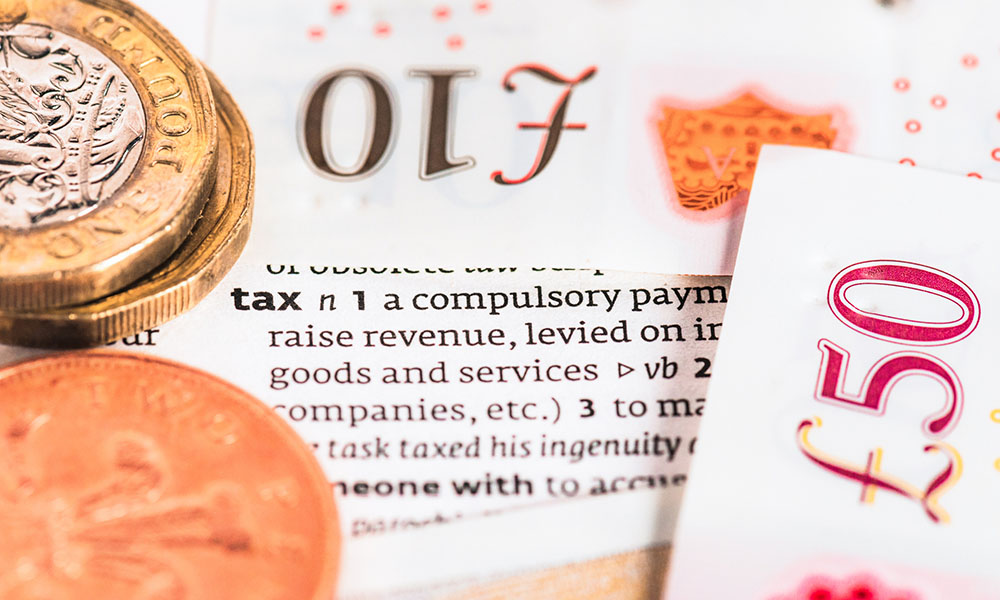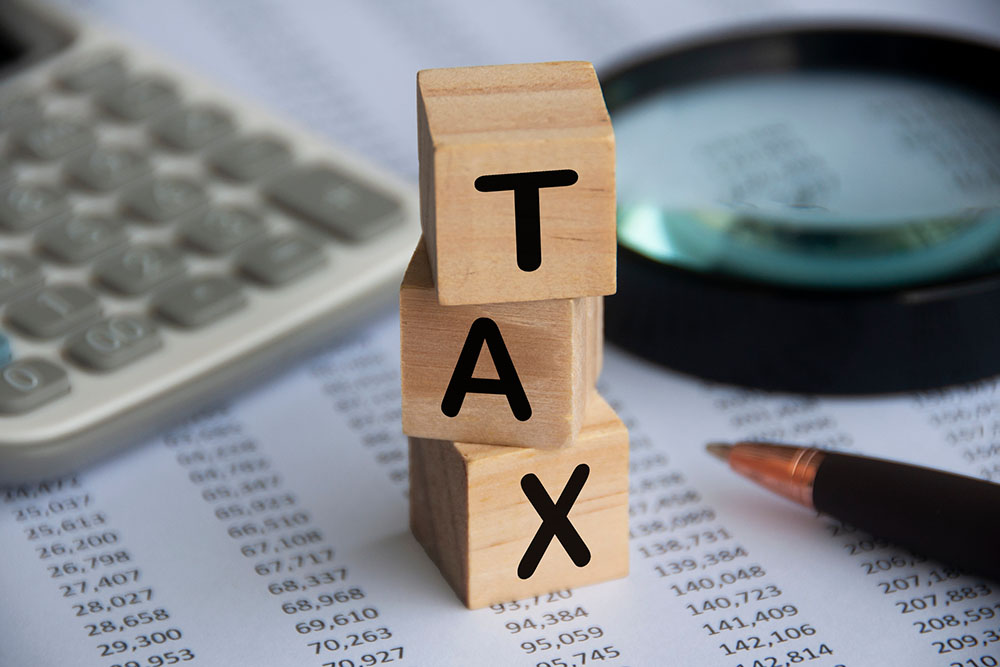Tax efficient investing
Poor financial planning means paying unnecessary tax. Making the most of the various reliefs and allowances reduces, and some cases, eliminates tax on investments and savings.
With the recent introduction of new tax free allowances there is now greater scope to invest and generate tax free returns. The new £5,000 dividend allowance and £1,000 personal savings allowance bring the total tax free allowances available this tax year to £33,100.
Tax incentivised savings such as pensions and individual savings accounts (ISA) should always be considered first. Due to their respective tax advantages the amount you are permitted to invest is limited. The tax relief on pensions is controlled by earnings, the annual allowance and lifetime allowance. The amount you can save with an ISA is currently limited to £15,240 per person this tax year, rising to £20,000 next tax year.
The new dividend allowance, combined with the capital gains annual exemption, creates an opportunity for tax free investing. Constructing a portfolio of collective investment funds from which income and capital gains can be realised each year and utilising these allowances can result in a valuable portfolio which produces tax free growth and income. This is achieved by keeping dividend income to below £5,000 per tax year and annual realised capital gains within the annual capital gains exemption (£11,100 this tax year).
Tax Efficient Investing With Offshore Investment Bonds
Offshore investment bonds can be used to generate further tax free returns, especially where you are able to control your income or where the bond can be assigned to a non-taxpayer. Income and gains within such a bond are allowed to “roll-up” without tax being paid within the bond and without triggering an assessment to personal tax until a “chargeable event” is triggered. Any gains realised are taxable as savings income and means both the £5,000 savings rate band and £1,000 (£500 for higher rate taxpayers) personal savings allowance may be available to mitigate, or indeed eliminate, any tax charge. For someone with no other income, gains of up to £17,100 could currently be taken every year tax free (£11,100, personal allowance, £5,000 savings rate band and £1,000 personal savings allowance).
To ensure maximum tax efficiency the order of investment products to be used is usually as follows: Pensions, ISAs, collective investment funds and finally offshore bonds. There are also Venture Capital Trusts and Enterprise Investment Schemes, though these are high risk investments and not suitable for everyone.
These allowances are available every tax year and usually increase annually. Don’t waste your allowances – tax efficient investing is an on-going process.
Author: Paul Newton FPFS, CertPFS (DM & Securities), STEP Affiliate, CertPMI is a Chartered Financial Planner for Castlegate Financial Management Limited, a firm of Independent Financial Advisers, authorised and regulated by the Financial Conduct Authority. 8 Castlegate Grantham Lincolnshire. 01476 591022. Tax and legal advice is not regulated by the FCA. The tax treatment of investment products, tax levels and reliefs can depend on an individual’s circumstances and can change. This article is for information purposes only and does not constitute financial advice which should be sought before any action taken. The value of investments and the income from them can fall as well as rise and is not guaranteed which means you could get back less than you invest. Past performance is not a guide to future performance.











